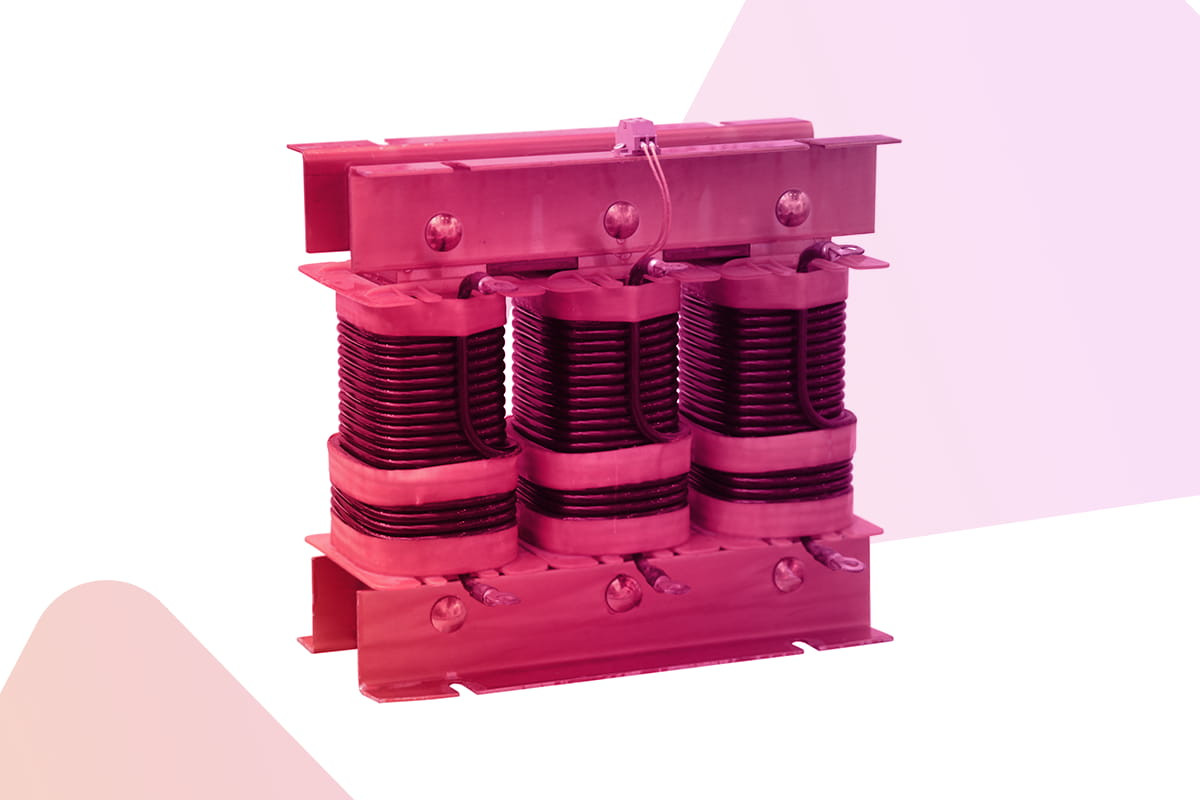
What is an Isolation Transformer? Where Is It Used?
What is in this article?
The isolation transformer, often considered an unsung hero in the realm of electrical systems, acts as a safeguard. It prevents a potential failure within the intricate energy supply network from causing catastrophic consequences throughout the entire system. So, have you ever wondered, What exactly is an isolation transformer, and where does it find its application?
Let's take a look at the details of the isolation transformer, which covers a large part of the lives of many of us and we do not even know its name.
What is a Transformer?
A transformer is basically an energy conversion device in the simplest sense. When electrical energy is transmitted from one place to another or applied to a device, the energy usually needs to be transformed from one level to another. This is where transformers come into play.
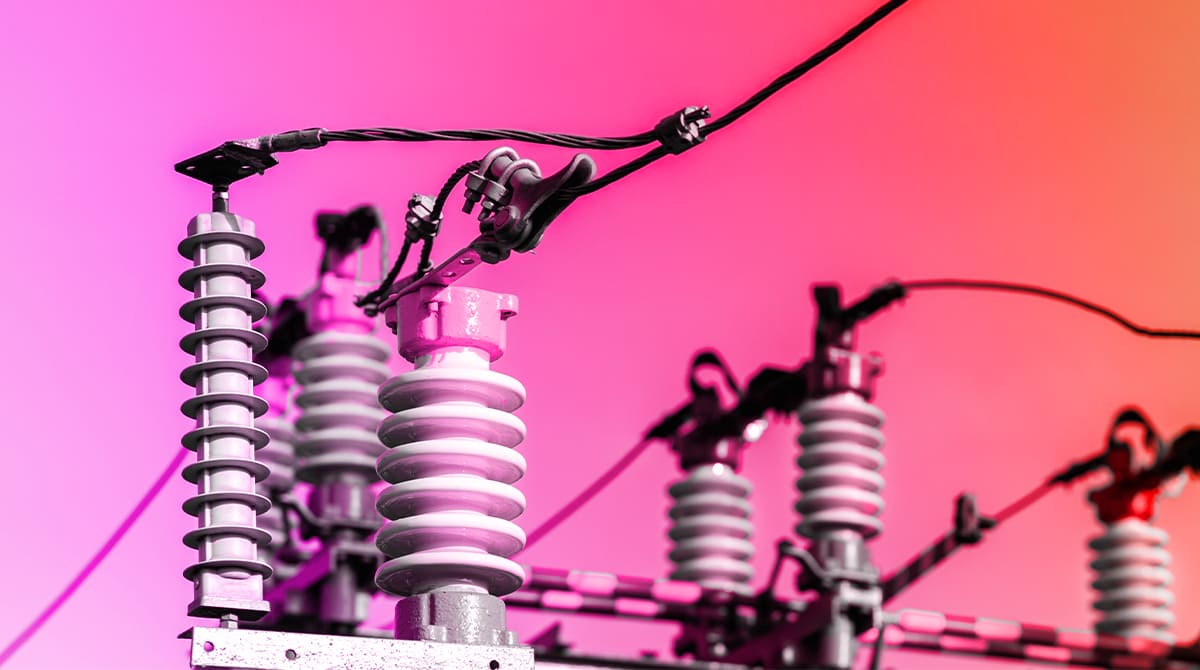 Transformers are electromagnetic devices with two or more windings (coils of conducting wire). These windings are usually wound on an iron core.
Transformers are electromagnetic devices with two or more windings (coils of conducting wire). These windings are usually wound on an iron core.
The transfer of electrical energy occurs from one winding to another through the utilization of a magnetic field. Throughout this process, the voltage can be either increased or decreased, contingent upon the ratio of the number of windings between the input (primary) and output (secondary) windings.
One of the most vital applications of transformers lies in power distribution systems. When electrical power travels from where it is generated to where it's needed by consumers, we often rely on high-voltage lines. So, high voltages must be reduced to a safe level so that they can be used in homes and workplaces. This is done by transformers.
What is an Isolation Transformer?
An isolation transformer, as the name suggests, is a type of transformer. However, unlike a normal transformer, there is no electrical connection between the output winding of the transformer and its input winding. Thanks to this feature, it can isolate an electrical circuit or device from earth and other circuits. This is where the name isolation transformer comes from.
The isolation transformer's ability to isolate extends to both AC (Alternating Current) and DC (Direct Current) components. The transformer effectively transfers the AC components at the input to the output, while the DC components are isolated. This can be a particularly desirable feature when sensitive electronic devices need to be protected or electrical noise needs to be reduced. Considered this way, the isolation transformer offers a safer flow of electricity by providing a selective connection between AC and DC components.
The isolation transformer usually provides a voltage conversion in direct proportion between its primary and secondary windings. That is, there is usually a 1:1 ratio between the input voltage and the output voltage.
However, this may vary in some special cases. For example, some applications require specific output voltages outside of standard voltage levels. If a device operates more efficiently at 210V rather than 230V, the isolation transformer can be custom-designed to accept an input voltage of 230V and deliver a specific output voltage of 210V.
Similarly, electronics laboratories or test stations may require testing above or below a certain voltage. In that case, the isolation transformer can be used to increase (step-up) or decrease (step-down) the input voltage. For example, isolation transformers can be preferably used to increase an input voltage from 110V to 220V or decrease an input voltage from 220V to 110V.
What is The Importance of Isolation Transformers?
The paramount feature of isolation transformers lies in their capacity to enhance electrical performance, in addition to the protective and safety functions they offer. On the other hand, they also perform the following important tasks:
- Isolation transformers separate electrical equipment and circuits from the ground. This ensures that users are protected from potentially dangerous electric shocks.
- They can help a circuit reduce electrical noise (e.g., radio frequency interference or electromagnetic interference). This attribute is crucial for minimizing electrical noise that could otherwise impact the performance of delicate electronic equipment.
- Transformers prevent input voltage surges or short circuits from damaging equipment. This extends the lifespan of electronic equipment and creates a safer working environment.
- They ensure the safety of users and equipment in high-voltage applications.
- They can improve the overall performance of electrical equipment and systems.
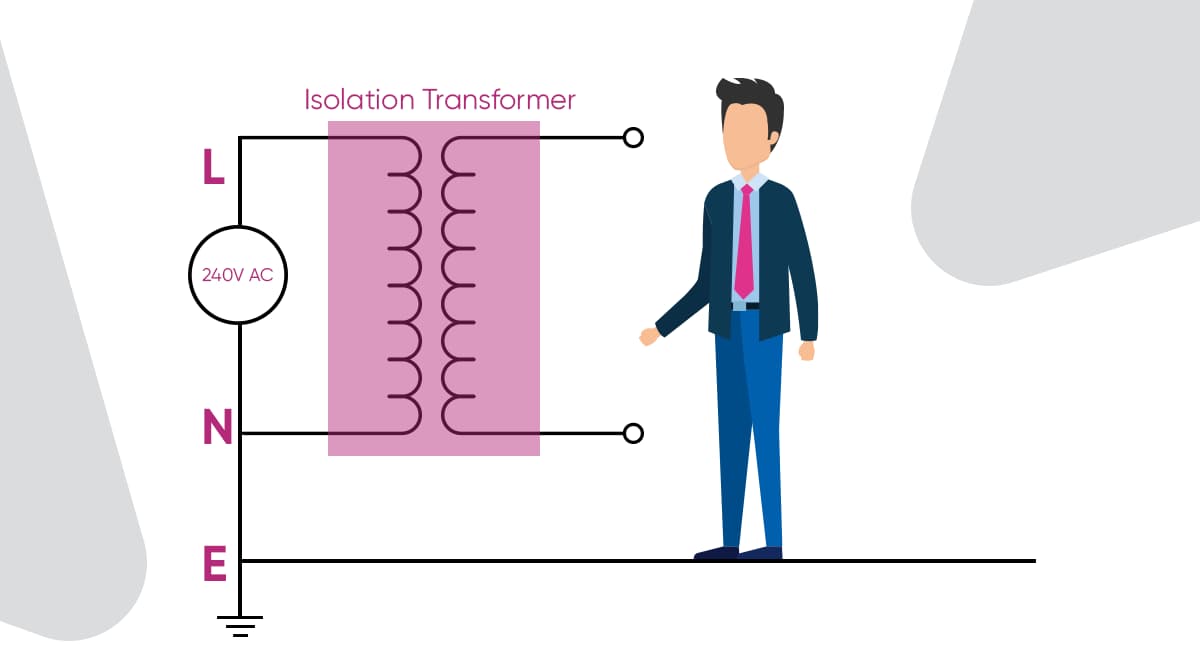
Where do Isolation Transformers Find Application?
Similar to electrical fuses in any setting, isolation transformers find utility in various fields when it comes to enhancing electrical safety and performance. Some of the areas where these transformers are used are:
- Control circuits, characterized by low-power electrical configurations employed to oversee the functioning of electrical or electronic devices, frequently incorporate sensitive electronic elements and operate at low voltages. Isolation transformers isolate such circuits from high-voltage main circuits, preventing electric shocks and damage to equipment.
- In high-voltage electrical grids, isolation transformers often prevent magnetic noise from reflecting on the load. This system is particularly necessary for the correct and safe operation of sensitive electronic equipment.
- Chargers and adapters usually disconnect low-voltage devices from the high-voltage grid. Isolation transformers reduce the magnetic noise and high voltage in such devices. This ensures safe and effective operation of the equipment.
- Three-phase isolation transformers are typically employed in industrial settings. Such transformers ensure safe operation of equipment in high voltage and high current systems.
- Many medical devices utilized in hospitals and other healthcare settings necessitate the use of isolation transformers to ensure the safety of both patients and caregivers. Since these devices are often directly connected to the human body, it is important to prevent potential electric shocks. Isolation transformers prevent such hazards by isolating the equipment from grounded circuits.
- Computers, servers and other IT equipment often contain sensitive electronic components. Such equipment can be affected by voltage fluctuations or electrical noise. Isolation transformers help safeguard such equipment and guarantee the correct operation of these systems.
- They transformers ensure the safe and efficient operation of industrial machinery and equipment. Additionally, isolation transformers serve as an essential safeguard for workers, reducing the risk of electric shocks.
- In both the aviation and marine sectors, isolation transformers play a critical role in enhancing safety. They minimize the likelihood of electric shocks and facilitate the reliable functioning of electronic devices.
- High-quality audio and video equipment can often be affected by electrical noise. Isolation transformers that are capable of protecting such equipment ensure optimum performance.
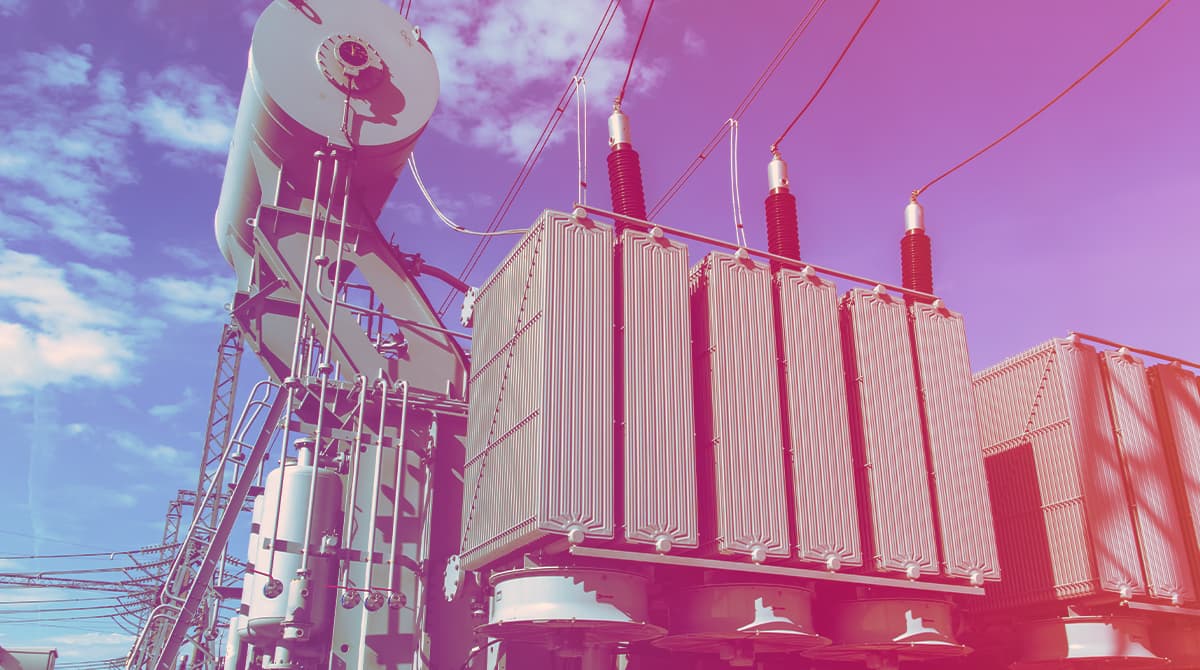
Related Article

What Is Electricity Fuse? How Does It Work? Why Does It Blow?
What are Different Types of Isolation Transformers?
Isolation transformers can be categorized into various types based on the specific domains and needs they are designed to address. The most common isolation transformers are:
Single Phase Isolation Transformers
Single-phase isolation transformers are frequently employed in home and office settings to safeguard sensitive electronic equipment such as personal computers, printers, and copiers. These devices often have sensitive components and can be damaged by electric shocks, voltage surges or high frequency noise.
Conversely, utilizing isolation transformers provides computers and other electronic equipment with a more stable and clean power source, free from electrical noise and interference. This helps prevent data loss and optimize device performance.
Three Phase Isolation Transformers
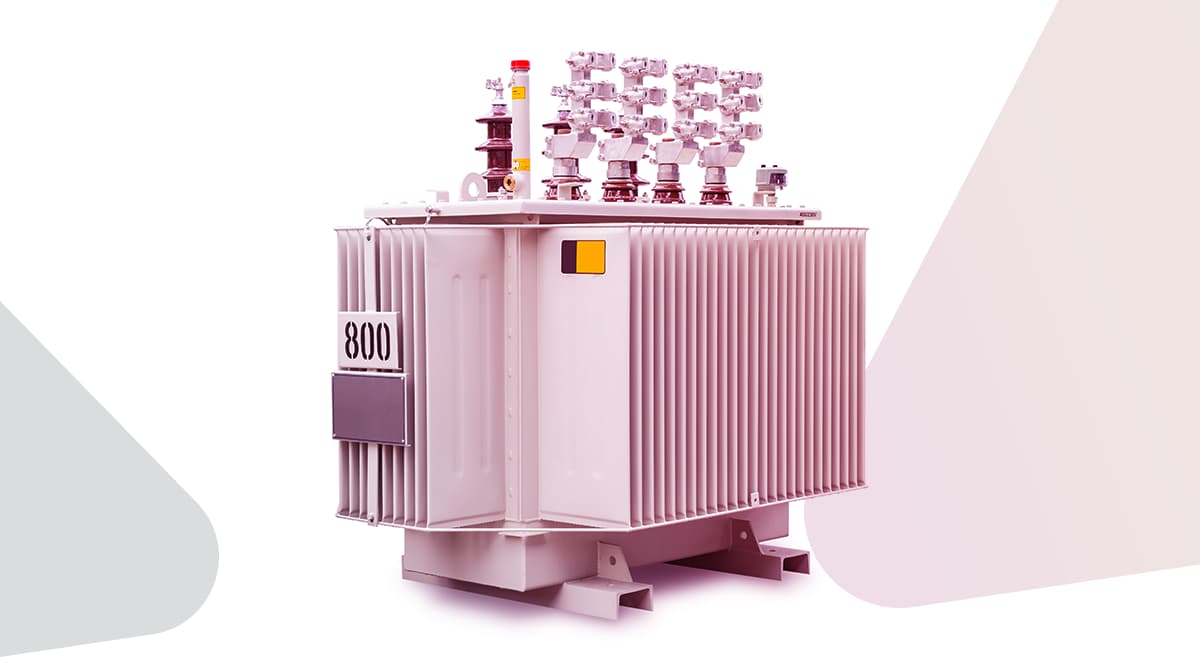 Three-phase isolation transformers are typically engineered for demanding industrial environments and expansive electrical systems. They are utilized in a range of applications, including large electric motors, industrial machinery, cooling systems, and factory automation systems.
Three-phase isolation transformers are typically engineered for demanding industrial environments and expansive electrical systems. They are utilized in a range of applications, including large electric motors, industrial machinery, cooling systems, and factory automation systems.
These transformers prevent damage to large systems and equipment by preventing electrical shocks and minimizing voltage fluctuations.
Simultaneously, transformers help to avert costly outages and minimize system downtime, thereby enhancing overall efficiency and productivity.
Another task of three-phase transformers is the optimization of power distribution. Through this function, transformers facilitate a smoother flow of electrical current, optimize energy utilization, and reduce electricity costs.
Auto Isolation Transformers
These transformers are employed across a diverse range of industrial, commercial, and consumer electronic applications. They safeguard sensitive electronic devices by offering an insulating layer between the electrical input and output.
On the other hand, although they have a connection between input and output, they are also used to adjust the voltage level. This prevents the device's power supply from being damaged if the required voltage level cannot be achieved.
Another important feature of such transformers is their ability to protect equipment from short circuits. Short circuits can cause great damage to the internal components of electronic devices. Therefore, it plays a crucial role in creating a safe and efficient power supply system.
Toroidal Isolation Transformers
Featuring a specialized toroidal design, these transformers deliver high energy efficiency while virtually eliminating magnetic leakage losses. They are commonly utilized in high-end audio equipment, studio setups, and high-precision laboratory instruments. The low magnetic noise provides a cleaner and clearer audio signal without compromising sound quality. This is particularly crucial for audio and video production.
In addition, toroidal transformers have a compact structure. This makes them ideal for applications with limited space. These transformers are ideal for sensitive electronic applications, as they effectively minimize exposure to electrical noise and interference.
Medical Isolation Transformers
Medical isolation transformers play an important role in medical applications such as critical life support systems, imaging equipment, surgical instruments and other sensitive medical devices that require uninterruptible power supply. They ensure safe and uninterrupted operation of medical equipment and ensure the safety of patients and medical personnel.
Medical isolation transformers reduce these risks by isolating equipment and preventing abnormal voltage fluctuations. This optimizes the performance of medical equipment.
Related Article
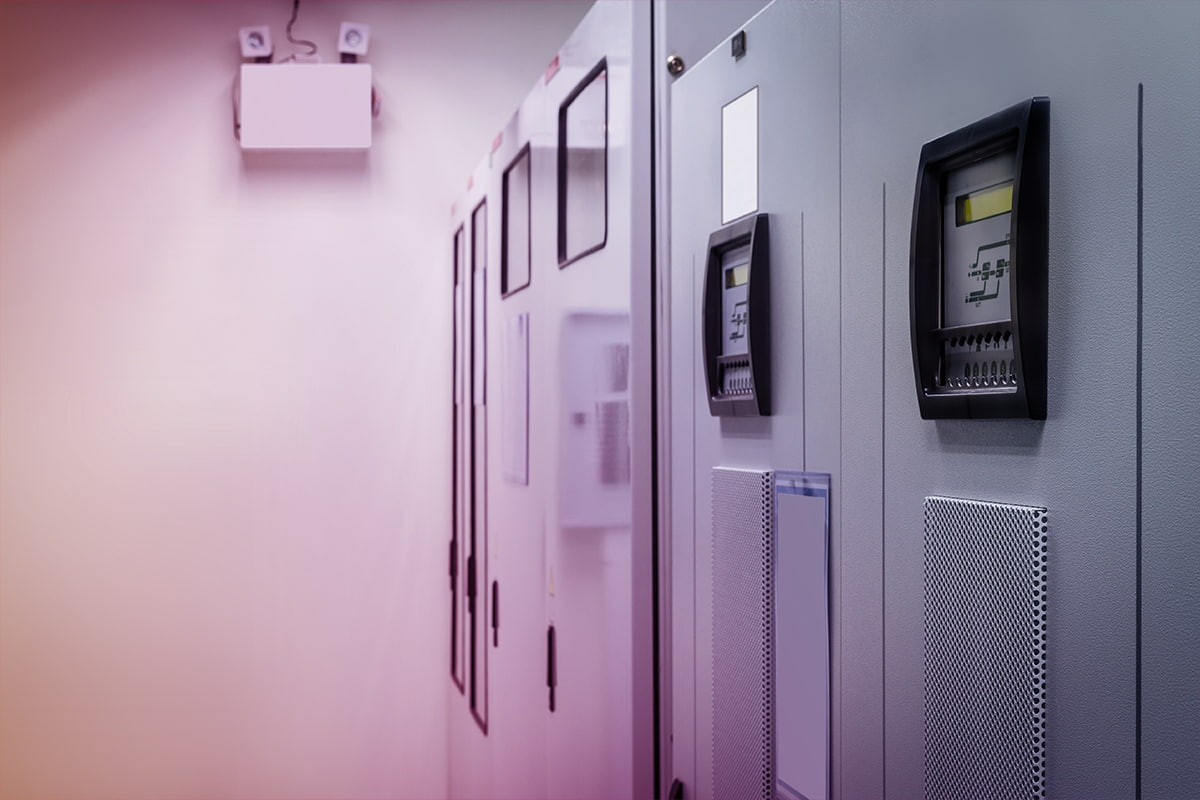
What Is UPS (Uninterruptible Power Supply)? Why Is It Used?
How an Isolation Transformer Works
The isolation transformer enables the transfer of electrical energy from one circuit to another. During the transfer, electrical insulation is created between the two circuits.
In simpler terms, their operating principle relies on the phenomenon of electromagnetic induction. This involves generating an electric current in a nearby conductor due to changes in the magnetic field.
The operational details of the isolation transformer can be outlined in the following step-by-step manner:
- The main components of the isolation transformer are two coils (primary and secondary windings) and a magnetic core. The primary winding is connected to the energy source (grid) and the secondary winding is connected to a load (a device or circuit).
- When current from the power source is applied to the primary winding, it generates a magnetic field. The magnetic field is collected by the transformer core and transmitted to the secondary winding.
- A change in the magnetic field induces an electromotive force (EMF) in the secondary winding, in accordance with Faraday's law of electromagnetic induction. This induces a current in the secondary winding.
- While the conversion ratio between the two windings determines the output voltage. For example, if the primary winding has 100 turns and the secondary winding has 50 turns, the input voltage is half the output voltage. If the secondary winding has more turns than the primary, the output voltage is higher than the input voltage.
- Most importantly, the isolation transformer provides this power transfer without a physical electrical connection between the primary and secondary windings. This feature ensures that any faulty conditions at the transformer's output, such as a short circuit or overload, are not transmitted back to the power source. This critical aspect of the isolation transformer serves to prevent electrical shocks and damage to equipment.
The safe and efficient transmission of electrical energy is an essential part of modern life and industrial processes. Isolation transformers are at the heart of this vital process.
Whether in homes, offices, hospitals or factories, the protection and efficiency of isolation transformers come into play in many areas of daily life and industry. In particular, these transformers can be used to address most common electrical problems in households. In other words, isolation transformers are indispensable components of a safe and efficient power supply system.
So what are your thoughts on isolation transformers? Do you think that the fact that the isolation transformer plays such an important role will lead to a safer and more effective use of the electrical systems in your household or workplace? Please share your experiences or thoughts with us.

 Online Services
Online Services Application Inquiry
Application Inquiry Pay Assurance Fee
Pay Assurance Fee Query Installation Number
Query Installation Number Compensation Fee Inquiry
Compensation Fee Inquiry Automatic Payment Order Inquiry
Automatic Payment Order Inquiry Partnership
Partnership

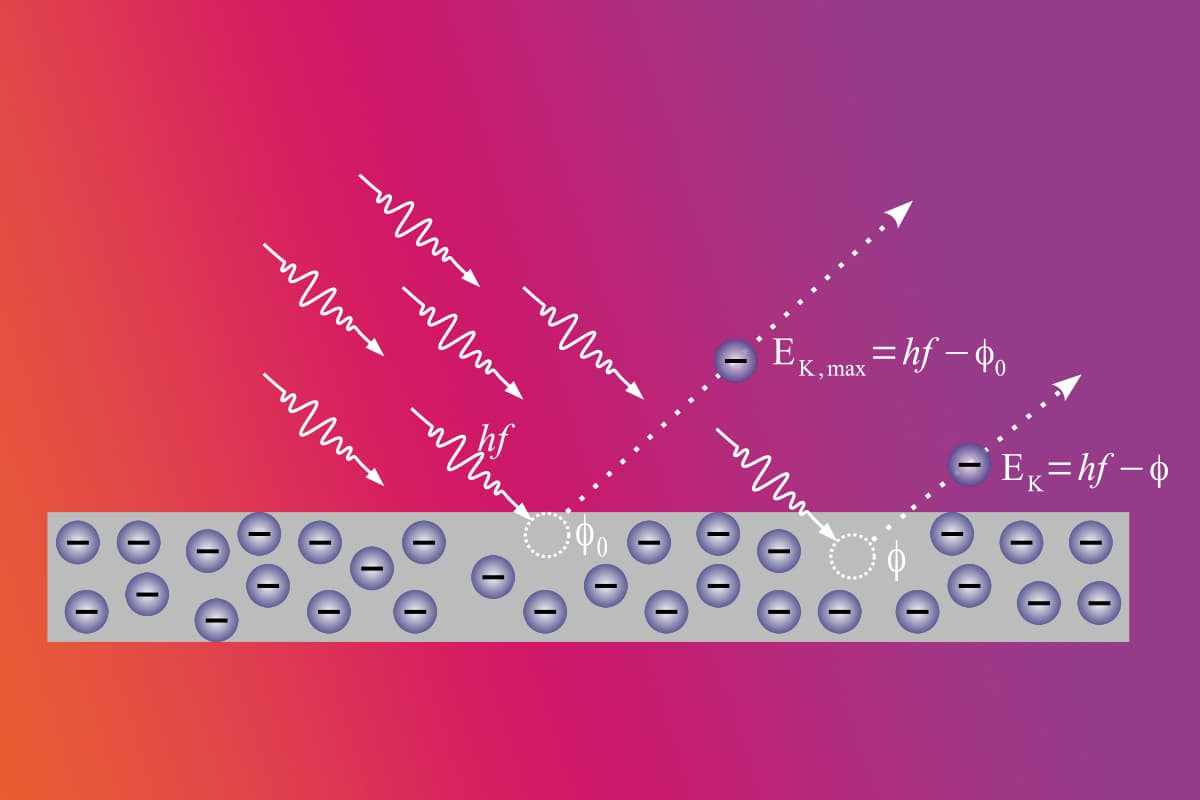
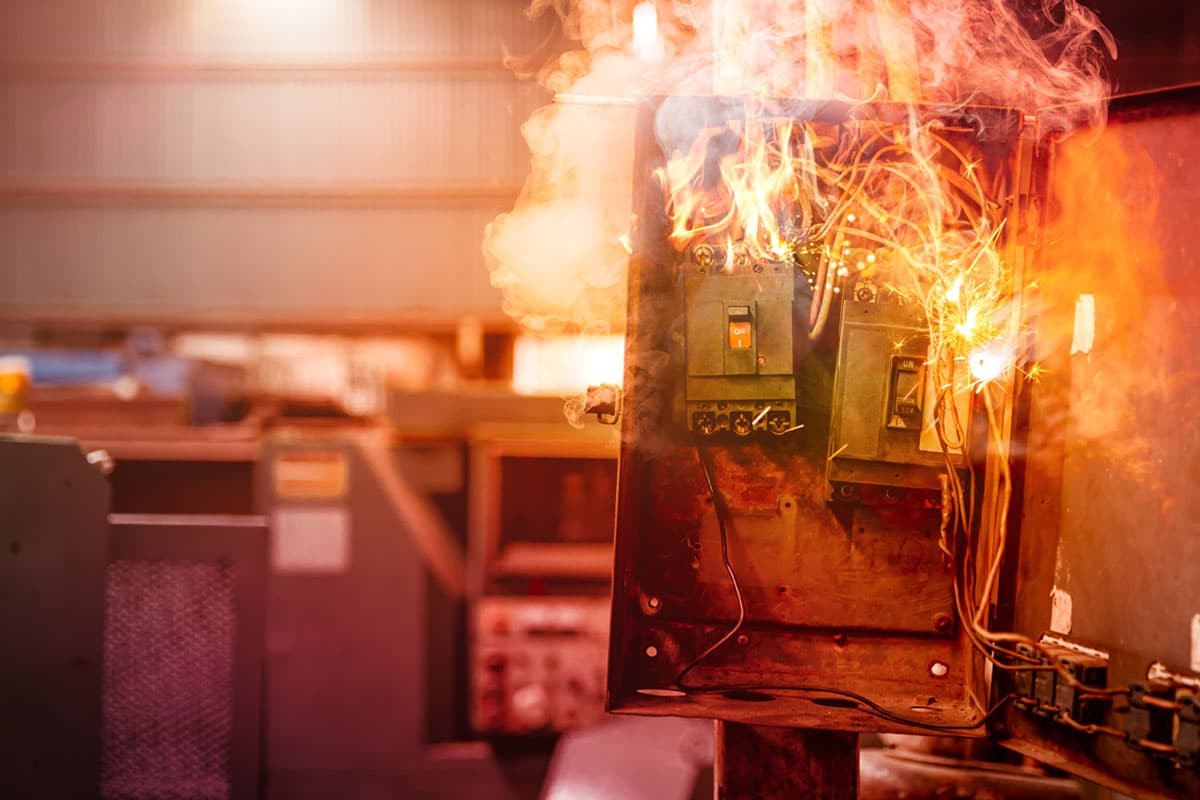



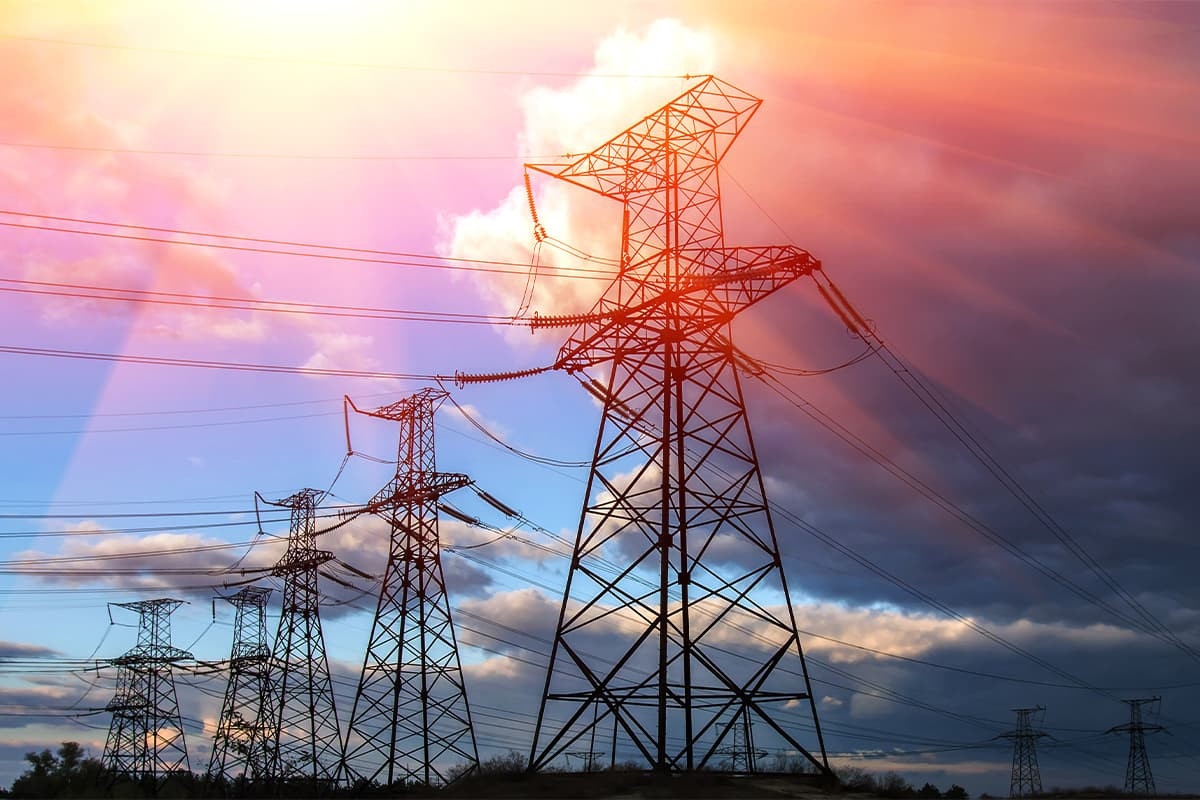
Leave a Comment